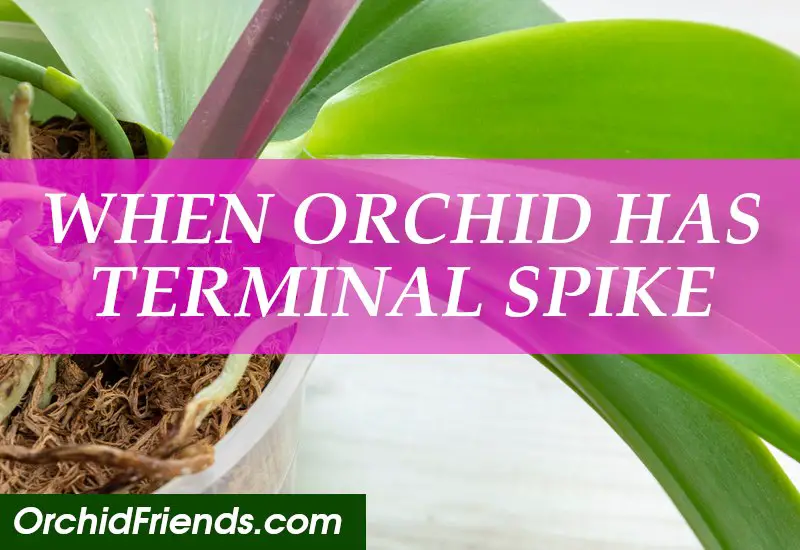 During the growth phase of an orchid, it will produce a flower spike. This spike will grow at a specific location. This location is called the terminal spike. It grows from the middle of the crown.
During the growth phase of an orchid, it will produce a flower spike. This spike will grow at a specific location. This location is called the terminal spike. It grows from the middle of the crown.
Terminal spikes will usually last for several months or years. Terminal spikes are often confused with new aerial roots. These new roots are usually gray or silvery.
A terminal spike can be caused by genetic mutations or poor growing conditions. Terminal spikes are usually found in Phalaenopsis orchids. They can be caused by various pests. But can also be caused by a lack of nutrients or temperature changes. Regardless of the reason, terminal spikes can affect future growth.
Terminal spikes can be treated by cutting the spike off. This will cause the plant to focus its energy on root development. This will also help the plant to save up for its next bloom.
In addition to cutting off the spike, you can also prune the spike. This will help the plant to develop a secondary spike. Depending on the species of orchid, some may produce three or four spikes at a time. This can help to increase the number of flowers the plant can produce.
When cutting the spike, you need to use sterilized pruners. Then, seal the cut with powdered cinnamon. This will prevent bacteria from developing. This will also help to close the cut mark.
Cutting the spike can also encourage a secondary spike to grow. This can be done in conjunction with band-aids. If the band-aids are not strong enough to hold the spike together, you can use straws.
How to Support Orchid Spikes
Getting an orchid spike to grow requires a lot of attention. These plants need proper lighting, watering, and moderate feeding. They can also be stressed by lack of moisture and pests. However, with the right care, they can bloom for a couple of months.
When you plant an orchid in a pot, it should have a strong, sturdy stake. The stake should be deep enough to hold the plant upright. It should also be twisted to minimize damage to the roots. Using a soft twine to tie a figure eight around the stake is a safe alternative to sharp wire.
An orchid flower spike is a short, reddish growth on the base of the plant. A second spike may form at the node. This growth will not be as impressive as the first, but it will produce new flowers.
An orchid spike can be shaped into hearts, spirals, and waterfalls. Changing the shape of the spike too quickly can break it.
Staking an orchid flower spike involves clipping off the bottom inch of the spike. It is important to be careful with staking because the spike may grow back. If the spike does not grow back, it is a sign that it is weak.
The best time to stake an orchid flower spike is before the flower buds open. This helps the plant diverts its energy into developing roots and increases the chances of new spikes.
As the spike grows, add support every few inches. These can be clips, spring clips, or ties.
TIP: Read the complete step-by-step article on how to cut your orchids.